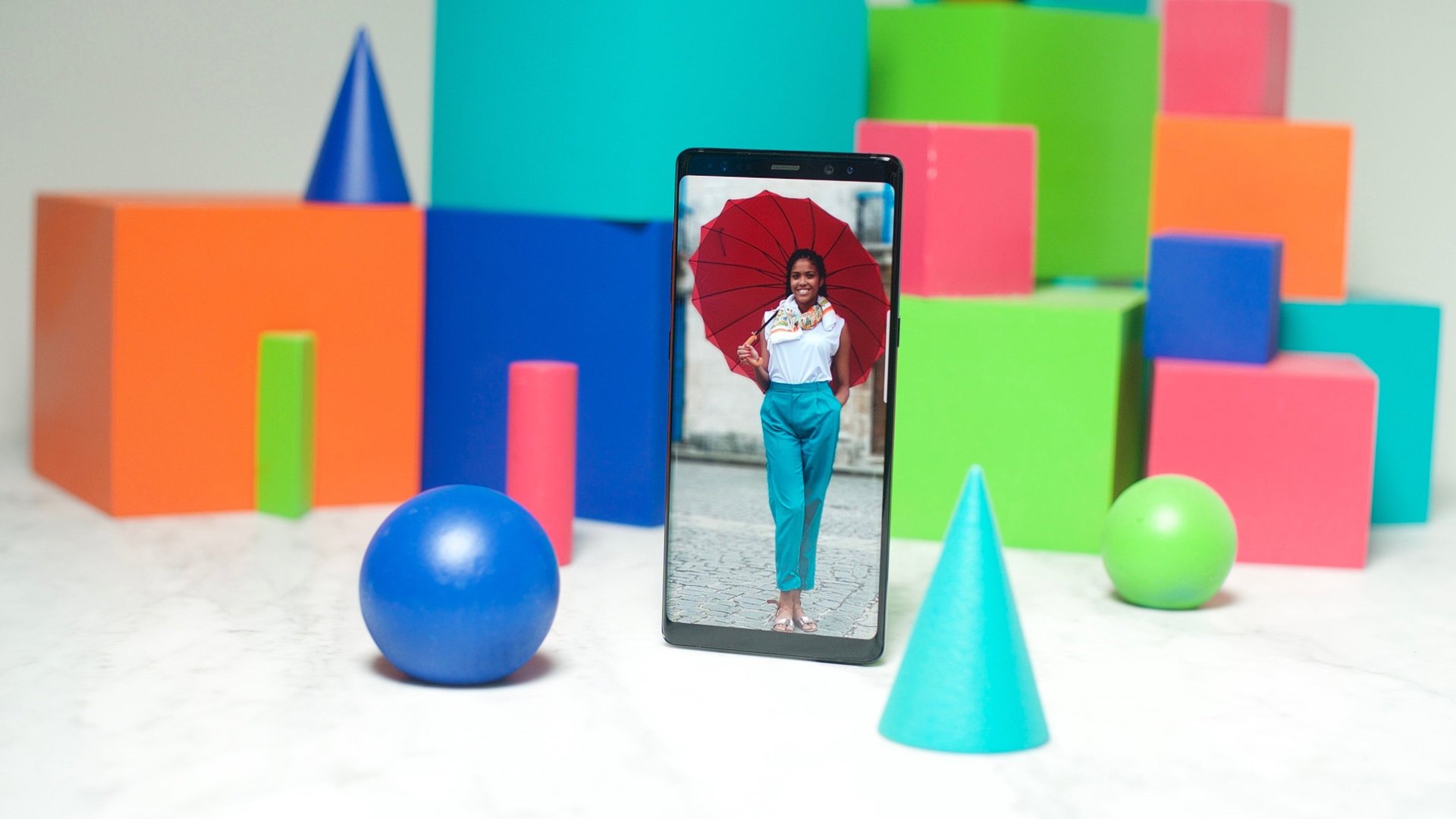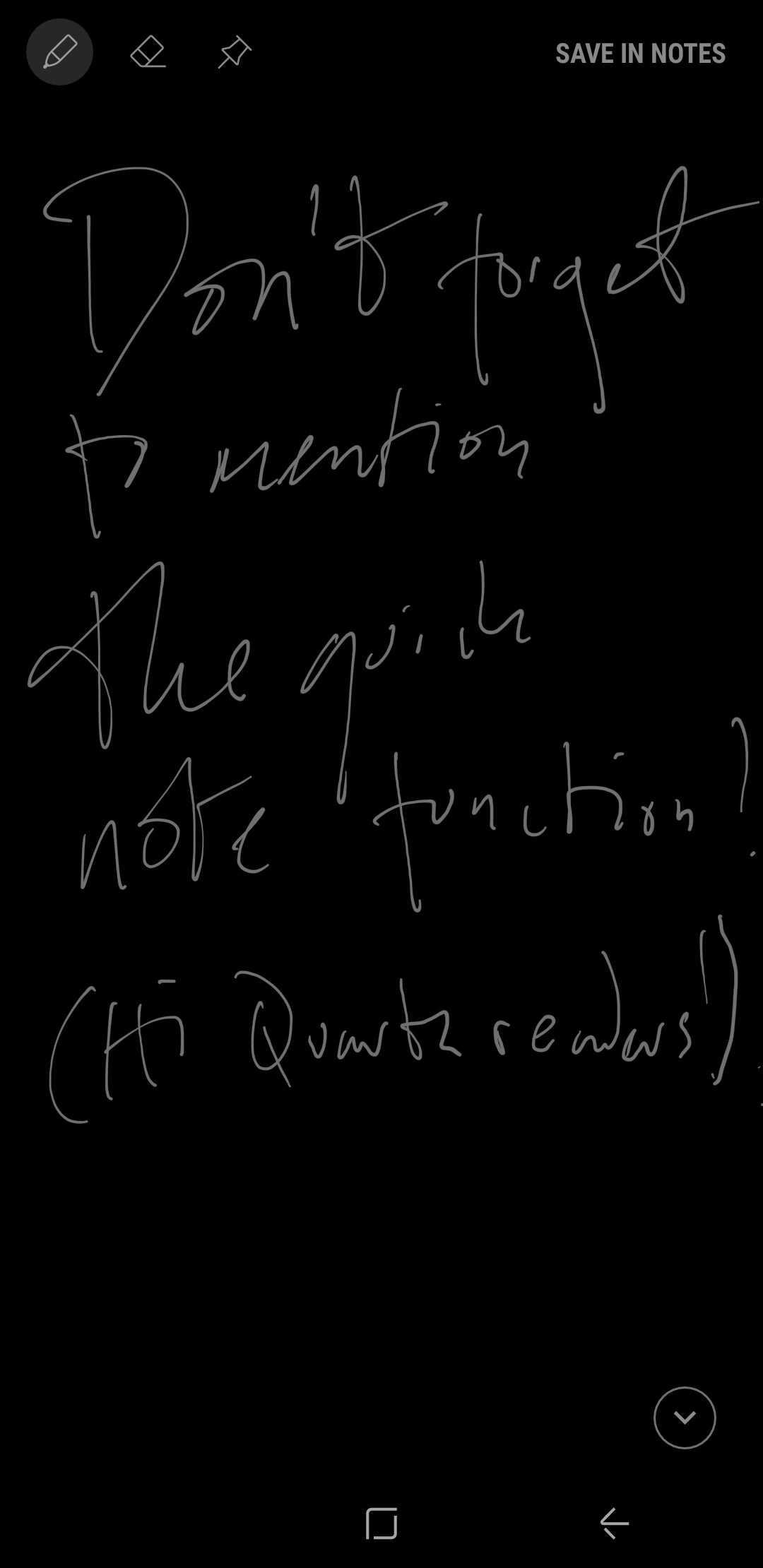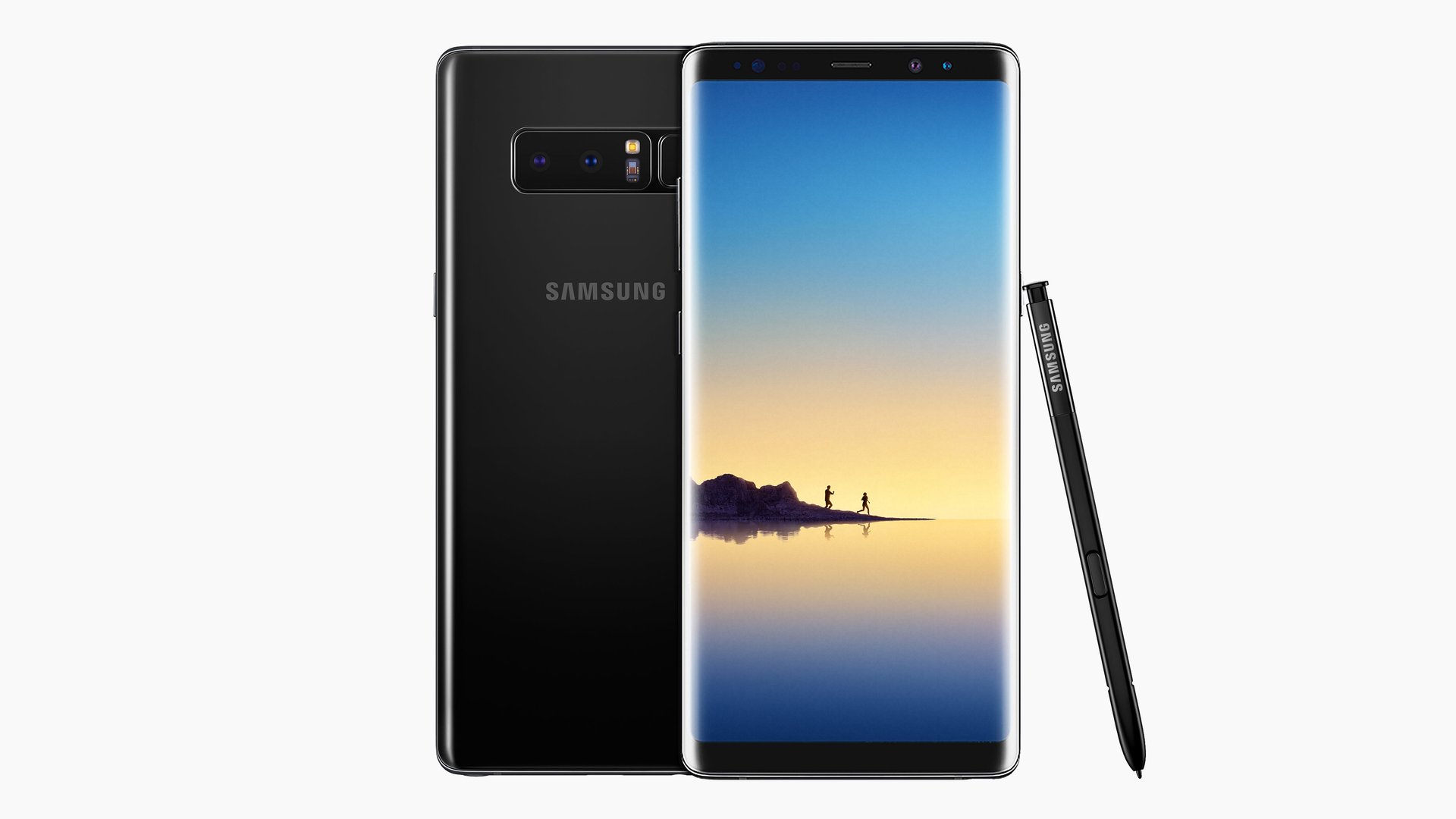The Samsung Galaxy Note 8 is an excellent, giant phone
Last year, Samsung released the Galaxy Note 7, which I called the best large phone on the market. Many other reviewers liked it, too. But not too long after it went on sale, reports came in that the devices had been catching fire, and within months, Samsung issued a global recall of the over 4 million phones it had sold so far.


Last year, Samsung released the Galaxy Note 7, which I called the best large phone on the market. Many other reviewers liked it, too. But not too long after it went on sale, reports came in that the devices had been catching fire, and within months, Samsung issued a global recall of the over 4 million phones it had sold so far.
Samsung recovered quickly from the Note debacle—even as the company’s head was accused and later convicted of corruption—producing the fine Galaxy S8 and S8+ phones in April. But many have been fans of the Note line of devices, with their larger screens and S Pen styluses, that have long set them apart in the market, and so would likely have been waiting on tenterhooks for a new Note that would live up to past models—and hopefully not explode.
Quartz spent a few weeks with the Note 8, to find out whether it was worth the wait:
What’s good
It didn’t blow up. In the few weeks I’ve been testing this phone, I can safely say that at no point did the phone explode. It did get rather warm when charging a few times, but the phone is still in one piece. Then again, so was the Note 7 that I tested.
Beautiful screen. The Note 8’s 6.3-inch screen is massive, bright, and crisp. The curved edges, while not as dramatic as the ones on the Galaxy S8, give the impression that there are no bezels on the sides of the phone, and the ones at the top and bottom are minimal. In a pinch, you could tape this phone to a wall and feel like you own a Samsung flatscreen TV.
Great camera. A year ago, Apple popularized the dual-camera setup with its iPhone 7 Plus, where one of the cameras on the rear is used to perceive depth, while the other takes the photo, allowing for sharp focus on objects, as well as optical zooming. Now every phone manufacturer has adopted this, including Samsung. Much like the iPhone, the Note 8 can take photos where the foreground is in focus and the background is blurred (what’s called the bokeh effect), in a new mode called Live Focus. The phone’s software also lets photographers change the depth of focus after the photo has been taken.

The camera has other neat modes to play around with, including one just for Instagramming your food and the animated GIF mode in the tweet below. The 12-megapixel cameras produce some of the sharpest images on any contemporary smartphone.
The rear cameras also have optical image stabilization to help make videos appear smoother as you record them, but in testing, I didn’t find it to be wildly better than similar technology in the iPhone 7 Plus.
Facial recognition. The Note 7 was one of the first phones to offer iris scanning as a way to secure and unlock your phone, and it wasn’t always the easiest thing to use. The 8 has this technology, but it also has a regular face scanner that works exceedingly well. By the time I’ve held my phone up to about perpendicular to my face, my phone is unlocked—it takes less time to unlock than it takes me to hold the phone in such a way that I can use the fingerprint scanner on the back. (Despite my efforts, I couldn’t fool the phone into opening with a picture of me.)
All the popular features of the Note 7. Explosions aside, there was a lot to like about the Note 7, and the 8 has kept many of its best features. The 8 also has wireless charging, splitscreen apps, water resistance, expandable memory, an always-on display, and the ability to take quick notes from the lock screen. As a journalist who occasionally interviews people and a person who often forgets things and needs to quickly write them down, I’ve found this feature so useful.

A better S Pen. The S Pen, Samsung told me, is “what makes a Note a Note,” and the new version has a finer point and more pressure sensitivity. There are new modes to access from the S Pen menu as well, including a messaging function called Live message, that lets you draw on photos and send them as animated GIFs across the internet, as many of my colleagues on Slack have found out these last few days. There’s also a new function where the S Pen can be used to hover over words and have them automatically translated into the language of your choosing.
Minimal junk. Samsung runs a modified version of the standard Android operating system, which in the past has been criticized for being filled up with gimmicky proprietary software that doesn’t really add to the experience of using the phone. While there’s still some Samsung-specific apps loaded onto the phone, they’re relegated to a single folder, and are for the most part useful connections to other Samsung products, such as Samsung Connect (which unsurprisingly, allows the phone to connect to and control other Samsung devices), Samsung Gear (for the company’s VR headset), and the custom-built web-browser that pairs nicely with Samsung DeX, a device it sells to turn the phone into a fully fledged desktop computer.
Decent battery life. Unsurprisingly, Samsung took a number of precautions when developing the batteries for the Note 8. The company has a new eight-point safety checklist, and it worked with UL (Underwriters Laboratories), the lab that ensures our electronics don’t explode, to further test the device. The Note 8 has a smaller battery than its predecessor (3,300 mAh versus 3,500 mAh), but I found the phone lasted through a day with ease, and charged relatively quickly.
What’s not so good
Angular design. The more sharpened corners of the device, when compared to most other phones on the market—including the Galaxy S8—don’t rest well in your hands when holding it for a while. The S8 is far more comfortable to hold. Samsung said it made the device squarer than the S8 because it would be to take notes on, but I’m not sure any amount of edge curve would be easier to draw on than a flat surface.
Long body. While the giant screen is a wonder to look at, the Note is a little unwieldy. Stretching your index finger to cover the fingerprint scanner on the back is awkward, and it’s difficult to check notifications swiftly with one hand.
Bixby. Samsung’s new voice-activated digital assistant that debuted on the S8 is still a mess. It took me a full seven minutes to set it up (Siri and Google Assistant, for reference, take about one minute), and it, like most voice assistants, was never particularly useful. It seems to be able to answer fewer direct questions than its Apple or Google competitors, as well. Both Siri and Google Assistant can tell me when Chelsea’s next soccer match is, but Bixby just gives me some Bing search results. I get the right answer when asking all three who the quarterback for the New England Patriots is, but Bixby just lists the answers on screen, instead of actually telling me. If you have to be right next to the device to look at the answer the voice assistant gives you, it kind of negates its existence. I asked Bixby what the square root of 12 was, and it asked me to say out loud the password I set it, which would be quite awkward if you’re around anyone else.
Bixby also seemed to have a strange habit of being woken up by noises that it perceived as its wake phrase, “Hi Bixby.” It seems to have calmed itself down now, but there was one evening where the following noises woke it up near constantly, to the point where I had to turn the phone off:
- My air conditioning unit
- A ceiling fan
- Keyboard taps
- Mouse clicks
- An episode of The Simpsons (at least nine times)
- A Blue Freedom dog food commercial
- Star Wars: Battlefront
- Me, answering another phone
- An episode of Archer (at least four times)
- A Lexus commercial
- An Alexa commercial
- The US Open Tennis Championships (at least twice)
Price. The biggest problem with this phone is that it costs $930 unlocked. That is about the same price as a MacBook Air, more than an iPad Pro, and about the cost of two OnePlus 5 smartphones. The Samsung Galaxy S8+ starts at $825 and has a screen that’s only 0.1 inch shorter than the Note 8—unless you’re a diehard acolyte of the S Pen, buying one might be a decent way to save $100.

Should you get one?
Much like with the Note 7, most the issues I had with this phone were minor—other than the price. If the size isn’t too daunting for you, then this is probably the best smartphone you can buy right now, assuming money is no object for the device you likely use more than any other in your life. The beautiful, massive screen, the actually useful pencil and the sharp camera may be enough to convince iPhone users who are tired of the same old hardware over and over again, and is a more than worthy follow-up to the Note 7.
There’s not really any phone that can hold a candle to the Note 8 right now, but within the next month, we’re going to see what Apple has in store for the next iPhone, and likely what Google has for the Pixel 2. If you’re an Android user looking to upgrade to the best phone out there, this is it. If you’re an iPhone user, perhaps wait to see what’s announced next week, and then decide whether to switch.